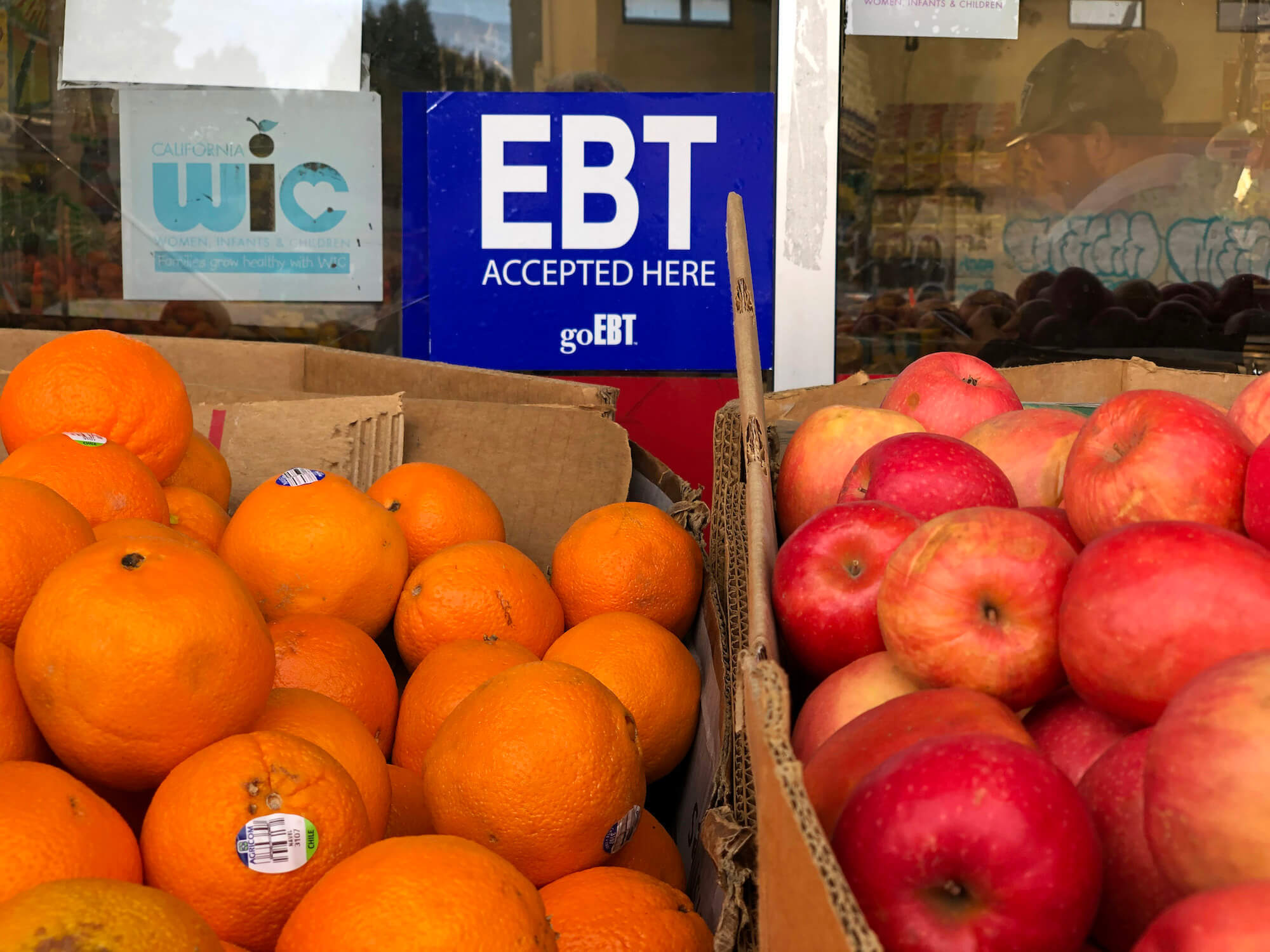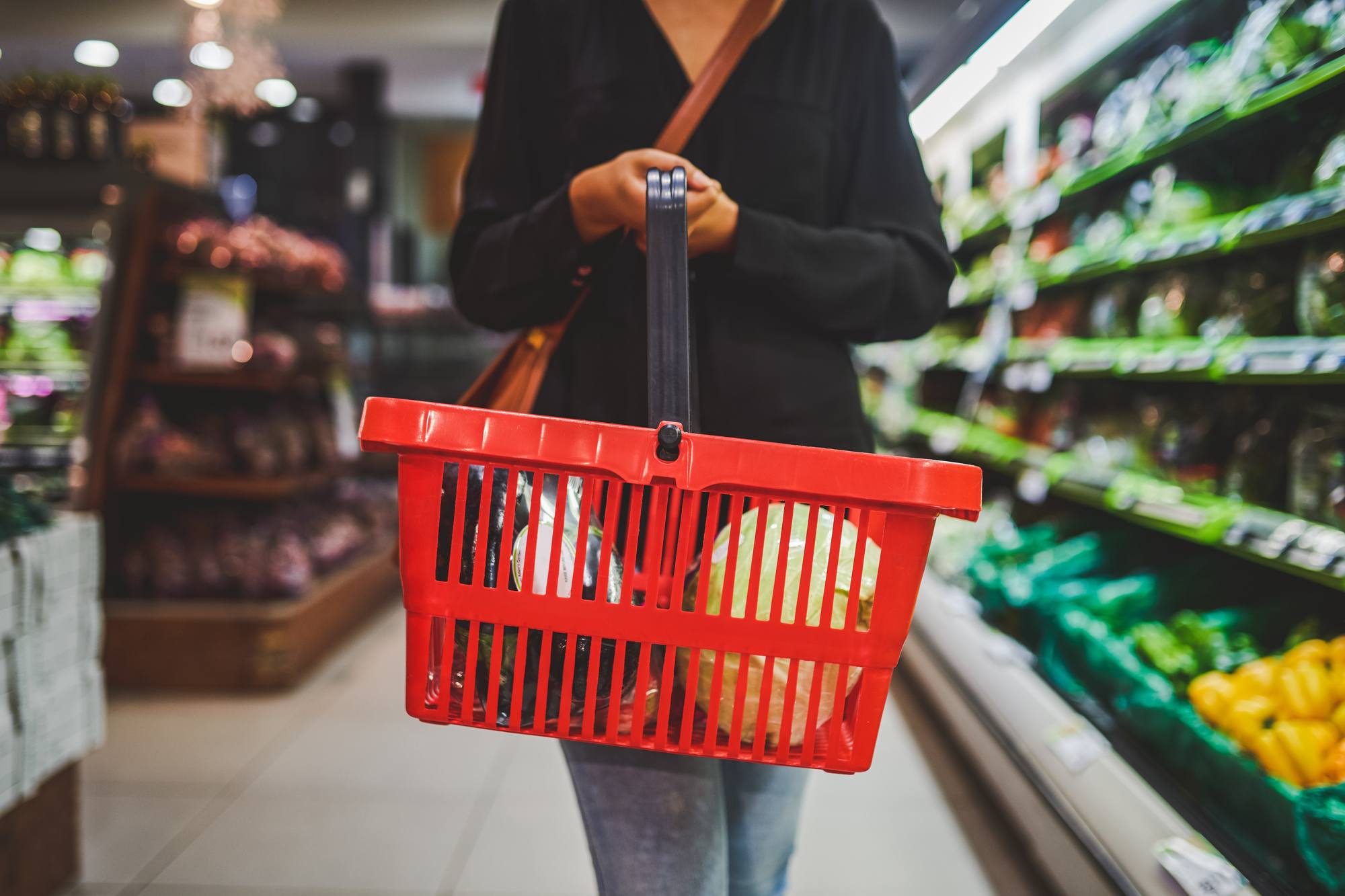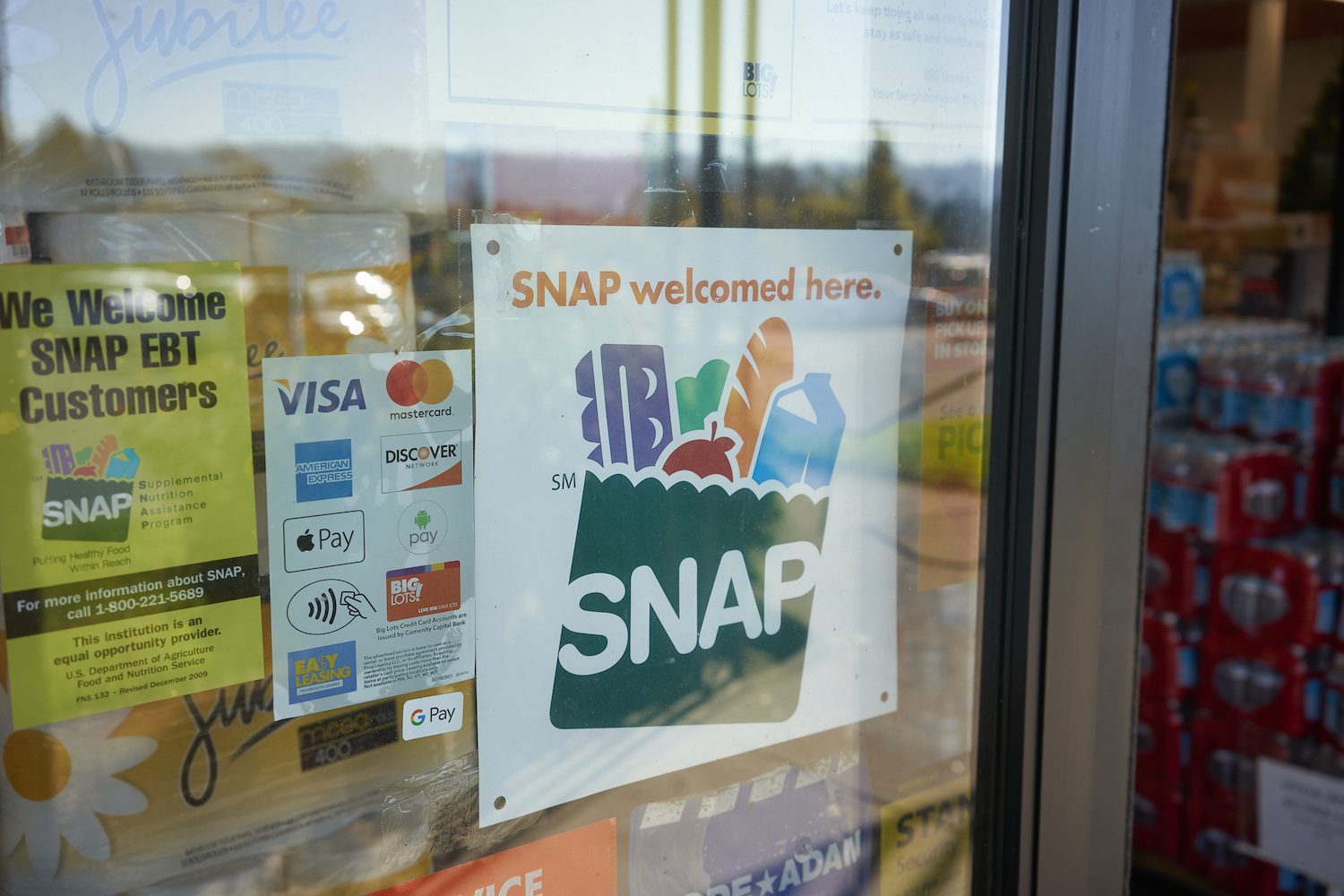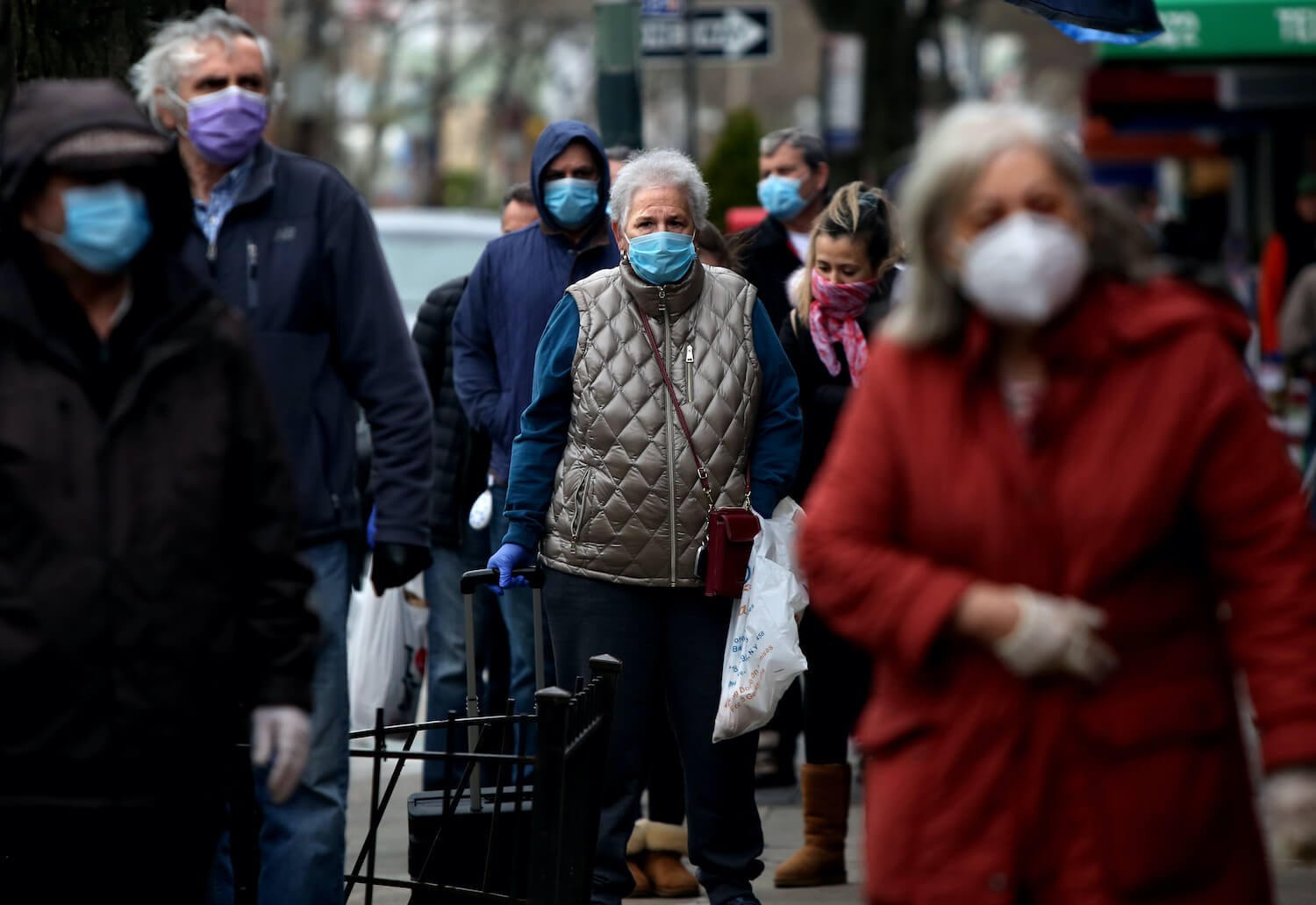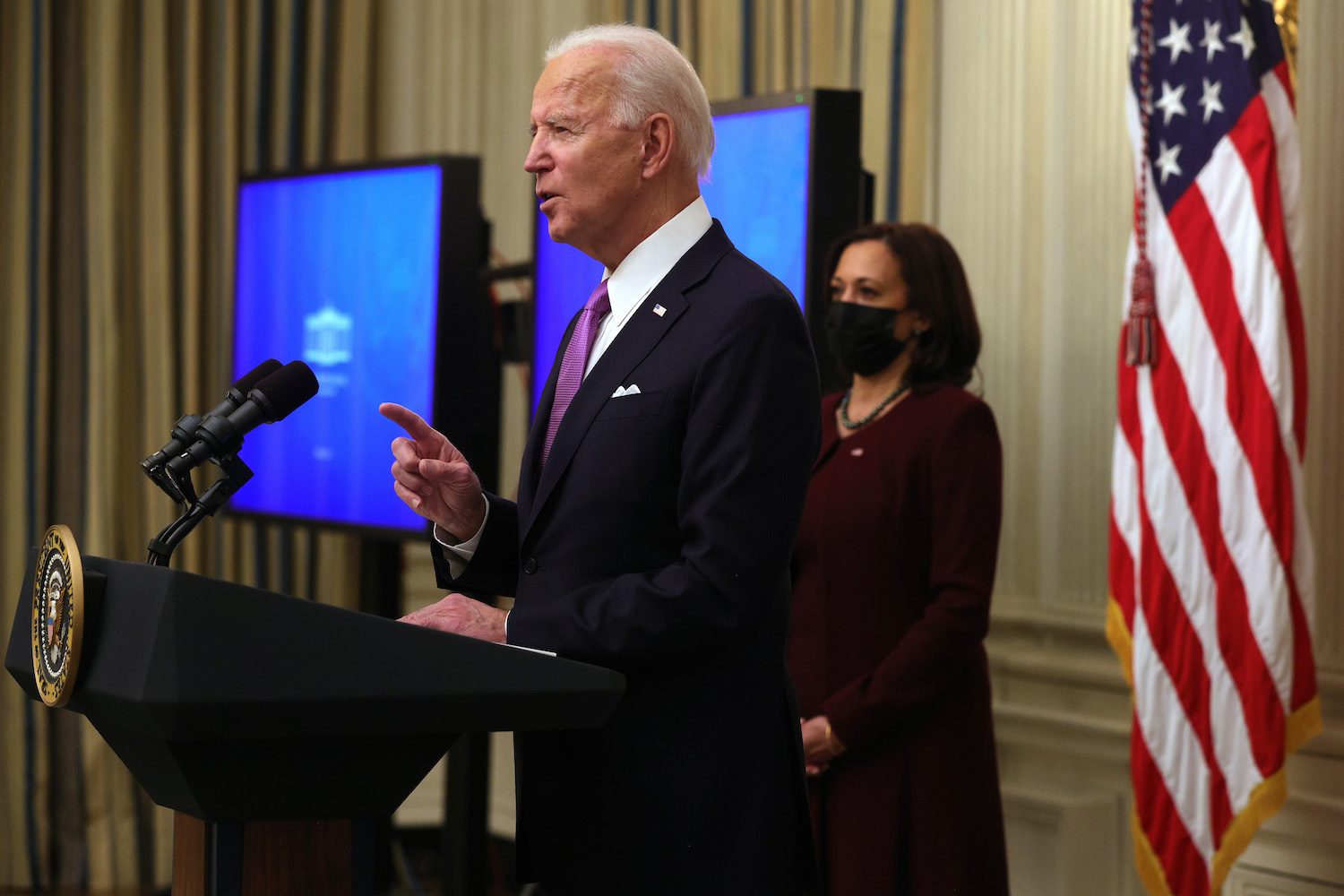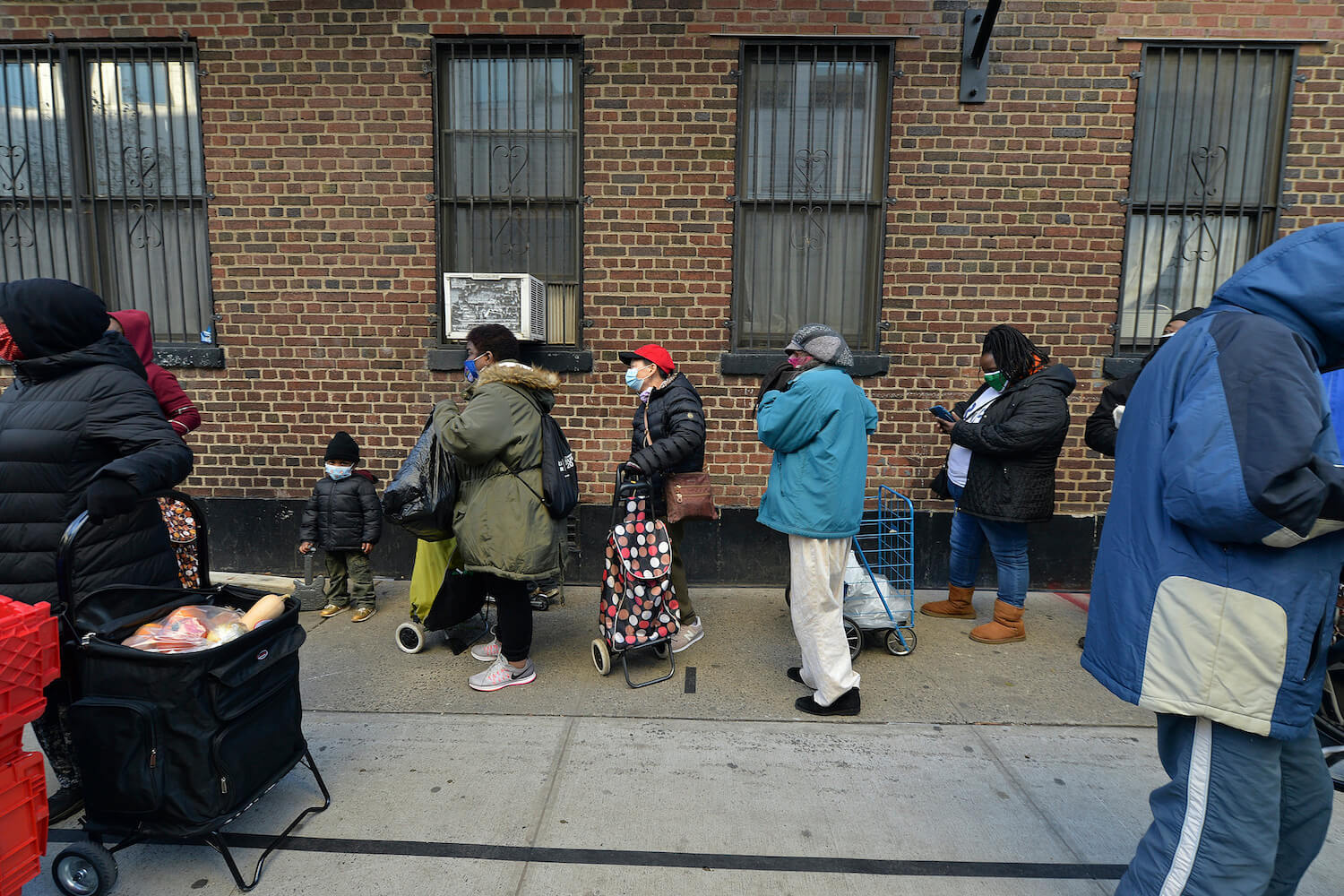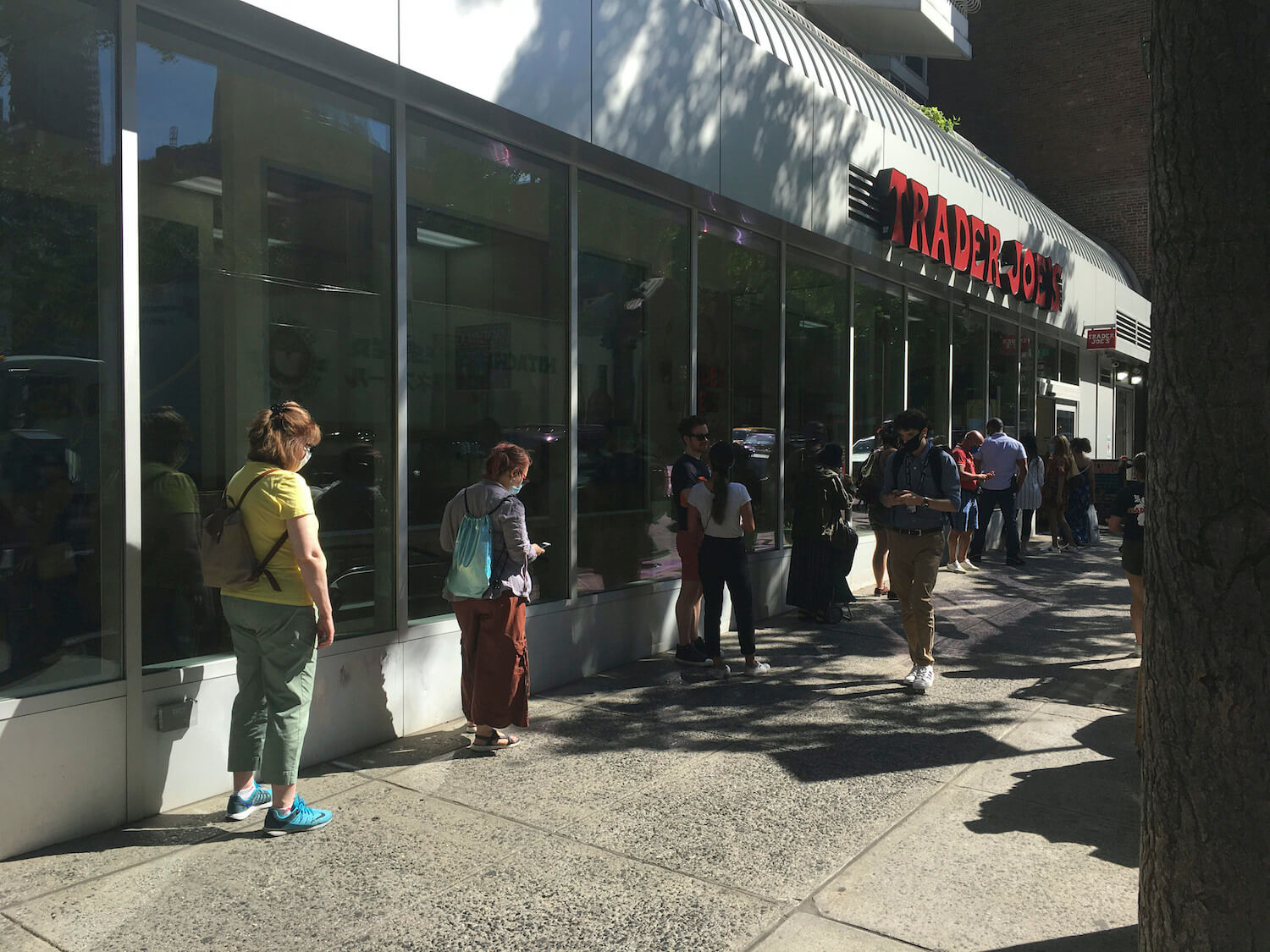According to agency estimates, the boost will translate to a total of $19.7 billion in additional benefits over a one-year period.
The Department of Agriculture (USDA) announced on Monday that it would make a significant, permanent increase to monthly Supplemental Nutrition Assistance Program (SNAP, formerly known as food stamps) benefits beginning October 1, 2021—a move that anti-hunger advocates are heralding as a “long overdue update” to the federal program.
For SNAP recipients, the boost will translate to an average increase of $36.24 per month, or $1.19 per day. For comparison, the average monthly benefit equaled approximately $121 per person before the onset of the pandemic in March 2020. The increase, first reported by The New York Times, is expected to impact approximately 42.8 million people and increase total benefits by almost $20 billion through October 2022.
“Ensuring low-income families have access to a healthy diet helps prevent disease, supports children in the classroom, reduces health care costs, and more,” said Secretary Tom Vilsack, in a USDA press release. “And the additional money families will spend on groceries helps grow the food economy, creating thousands of new jobs along the way.”
“Ensuring low-income families have access to a healthy diet helps prevent disease, supports children in the classroom, reduces health care costs, and more.”
Today’s news comes after months of USDA analysis into the present-day cost of healthy eating, as mandated in the 2018 Farm Bill and later directed by President Biden in January. While SNAP benefits are regularly bumped up to reflect inflation, this is the first time that USDA has increased the value of monthly aid beyond simply pegging it to the current cost of living.
At the core of USDA’s recent assessment is a concept called the “Thrifty Food Plan,” which sets a ceiling on the amount that households can receive under SNAP. First introduced in 1975, the Thrifty Food Plan is meant to represent the cost of eating within a limited budget, while still meeting current dietary guidelines.
For years, SNAP recipients, anti-hunger advocates, and economists alike have argued that benefits as determined by the Thrifty Food Plan fall short of what are actually needed to eat healthy. According to USDA’s own research, more than half of recipients exhaust their monthly benefits within the first two weeks of receiving them. Per a recent analysis by the Urban Institute, the average cost of a meal exceeds the maximum SNAP benefit per meal in all but 4 percent of U.S. counties. (Experts also point out that the Thrifty Food Plan is based on a hypothetical diet that seems to exceed sodium limits, while falling short of certain nutrients, and overemphasizing dairy.)
“We are pleased to see this long overdue update to the Thrifty Food Plan, which, for decades, grossly underestimated the amount it cost to feed a family a basic, healthy diet.”
Confronted by financial constraints, participants say that they sometimes end up buying fewer nutritious groceries in order to stretch benefits further. According to a June survey of SNAP participants, 61 percent said that affordability was a barrier to eating healthy.
“We are pleased to see this long overdue update to the Thrifty Food Plan, which, for decades, grossly underestimated the amount it cost to feed a family a basic, healthy diet,” said Lisa Davis, senior vice president of Share Our Strength, which runs the No Kid Hungry campaign, in a press release. “This outmoded food plan has limited SNAP’s purchasing power and made unrealistic assumptions about the cost of food, the time it takes to plan and prepare meals and the constraints faced by time-strapped working families.”
Meanwhile, the benefits bump appears to have raised concerns among some Republican lawmakers. Last Friday, the ranking members of the Senate and House ag committees called on the Government Accountability Office to review USDA’s update of the Thrifty Food Plan, including its processes and legal authority, Politico reported.
“The complexity of this process, and its likely impacts, create an urgent need for scrutiny, particularly on the heels of significant nutrition-related pandemic spending that has continued without rigorous oversight,” wrote Arkansas Senator John Boozman and Pennsylvania Rep. GT Thompson Jr. in their letter.
For SNAP recipients, the October 1 increase will kick in not a moment too soon: A 15 percent benefits boost extended via the latest pandemic relief bill is set to expire on September 30.
